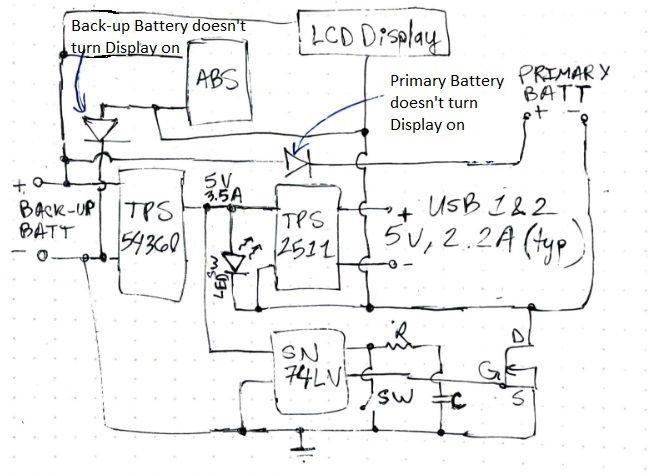Other Parts Discussed in Thread: CD4011B, , SN74LVC2G00
I prototyped a momentary switching circuit using the CD4011B and it worked as intended, according to Fig.5 of this site. Now, in the interest of reducing PCB area, I ordered the CD40107B instead of the CD4011B, since it has dual 2-input NANDs instead of quad. When I assembled the PCB though, the circuit did not work. I see on the datasheet that the CD40107B has some transistors on the outputs of the NAND gates, so I'm thinking this might be the cause of the incompatibility.
Would I be correct in my determination, or do you think these two models are indeed compatible, and therefore interchangeable?
Or perhaps there is some extra circuitry I would need to add to the CD40107B's to make it work?
I already ordered a bunch of PCB's, so I want to try and make it work.
Thanks!


